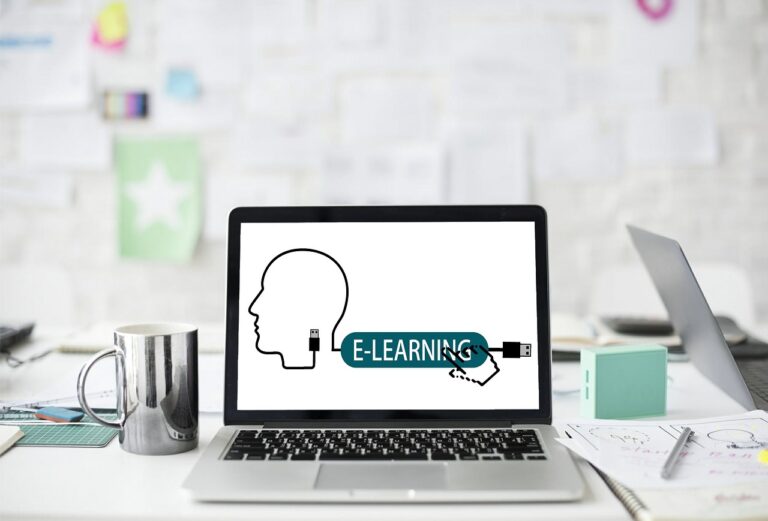Implementing Culturally Relevant Pedagogy in Curriculum Design
Cultural diversity in the classroom is a reality that educators cannot overlook. Each student comes with a unique cultural background that influences their perceptions, behaviors, and learning styles. Recognizing and respecting these cultural differences is crucial for creating an inclusive and effective learning environment.
When educators are culturally aware, they can tailor their teaching strategies to meet the diverse needs of their students. By incorporating various cultural perspectives into the curriculum, educators can make learning more relatable and engaging for all learners. Ultimately, cultural awareness in education fosters a sense of belonging and acceptance among students, leading to improved academic performance and overall well-being.
Understanding the Impact of Cultural Background on Learning
Awareness of cultural background is pivotal in understanding the diverse ways in which students learn. Every individual brings a unique set of values, beliefs, and traditions to the educational environment, which significantly influences their learning preferences and attitudes. By acknowledging and embracing these cultural differences, educators can create a more inclusive and supportive learning environment for all students.
Cultural background not only shapes how students perceive information but also affects their communication styles and interactions with peers and teachers. For instance, students from collectivist cultures may value group collaboration and harmony, while those from individualistic backgrounds may prioritize personal achievements and independence. Recognizing these variations in cultural perspectives can help educators tailor their teaching approaches to accommodate the diverse needs and preferences of students from different cultural backgrounds.
How does cultural background affect learning?
Cultural background can influence a student’s learning style, communication preferences, problem-solving strategies, and even their motivation and attitude towards education. It is important for educators to understand and respect these differences in order to create an inclusive learning environment.
Why is cultural awareness important in education?
Cultural awareness in education helps to promote equity and inclusivity in the classroom. By understanding and valuing the diversity of cultural backgrounds within the student population, educators can create a more supportive and enriching learning environment for all students.
How can educators incorporate cultural awareness into their teaching practices?
Educators can incorporate cultural awareness into their teaching practices by getting to know their students on a personal level, incorporating diverse perspectives and materials into the curriculum, and adapting teaching methods to accommodate different learning styles and preferences.
What are some ways to promote cultural awareness in the classroom?
Some ways to promote cultural awareness in the classroom include celebrating cultural holidays and traditions, incorporating multicultural literature and resources into the curriculum, and fostering open discussions about diversity and inclusion among students.
How can students benefit from a culturally aware learning environment?
Students can benefit from a culturally aware learning environment by feeling more included, respected, and supported in their educational journey. This can lead to increased motivation, engagement, and academic success for all students, regardless of their cultural background.





